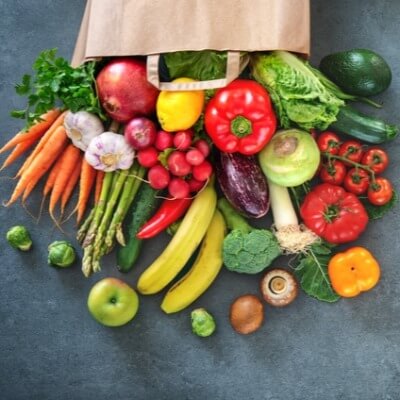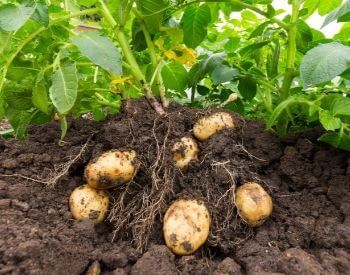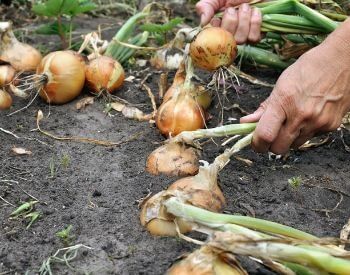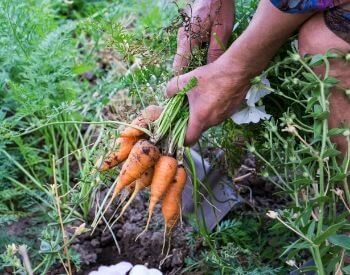
This web page contains vegetable facts for kids and is an excellent resource for anyone of any age looking to learn about vegetables. Our goal is to provide you with accurate, up to date facts about vegetables. In addition to facts about vegetables, we provide you with pictures of different edible vegetables.
The vegetable facts below will help you learn what a vegetable is, what are some of the different type of vegetables, the difference between a vegetable and a fruit, how to grow vegetables and other facts about them. We hope these vegetable facts are interesting and help you learn more about these healthy foods.
If any of the below vegetable facts are inaccurate, please contact us and let us know.
20 Vegetable Facts for Kids
- A vegetable is any part of a plant that is consumed and is not a seed bearing structure.
- Botanically there are a few different types of true vegetables.
- The different types of true vegetables are bulb, root, stem and tuberous.
- Bulb, root and tuberous vegetables grow in the soil and stem vegetables grow outside of the soil.
- An example of some true vegetables are onions, garlic, potatoes, carrots and celery.
- Vegetables were first harvested in the wild by hunter-gathers between 10,000 BCE and 7,000 BCE.
- Today, many vegetables have been domesticated and are grown on farms.
- From a culinary perceptive, there are quite a few vegetables that are botanically fruits.
- A tomato is a prime example of a culinary vegetable that is botanically a fruit.
- A tomato is the seed-bearing structure of the tomato plant, which would classify it botanically as a fruit.
- However, culinary defines a fruit as a sweet tasting plant, so a tomato is classified as a vegetable.
- The botanical definition of a vegetable is the roots, leaves and stem of a plant.
- The culinary definition of a vegetable is any consumed plant part that doesn’t have a sweet taste.
- Humans require a well-balanced diet that includes vegetables.
- Vegetables benefit the human diet because they are low in carbohydrates and fat.
- Vegetables benefit the human diet because they contain high amounts of fiber, minerals and vitamins.
- Vegetables can be eaten steamed, baked, fried or raw.
- According to FAOSTAT, potatoes were the most produced vegetable in the world in 2019.
- According to FAOSTAT, the world produced more than 405 million tons of potatoes.
- According to FAOSTAT, China is the largest overall producer of vegetables in the world.
Pictures of Vegetables



Find More Facts About Vegetables
- About Vegetables – Learn about vegetables and their health benefits on the U.S. ChooseMyPlate website.
- Vegetable vs. Fruit – Discover the difference between a vegetable and a fruit on the Merriam Webster website.
- A to Z List of Vegetables – An excellent list of vegetables that you can eat on the Half Your Plate website.
- Vegetable – Wikipedia – Find more information and facts about vegetables on the Wikipedia website.
